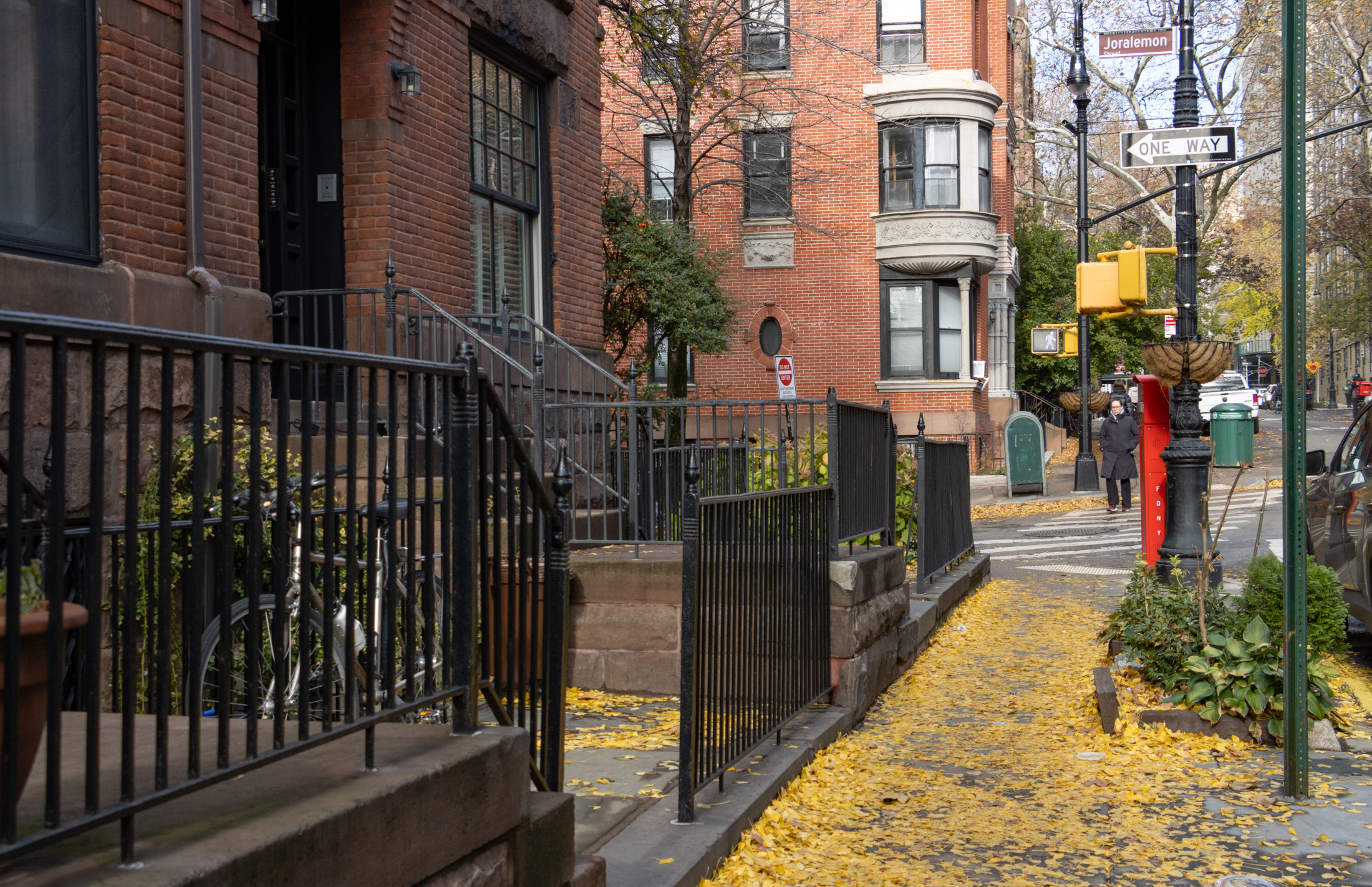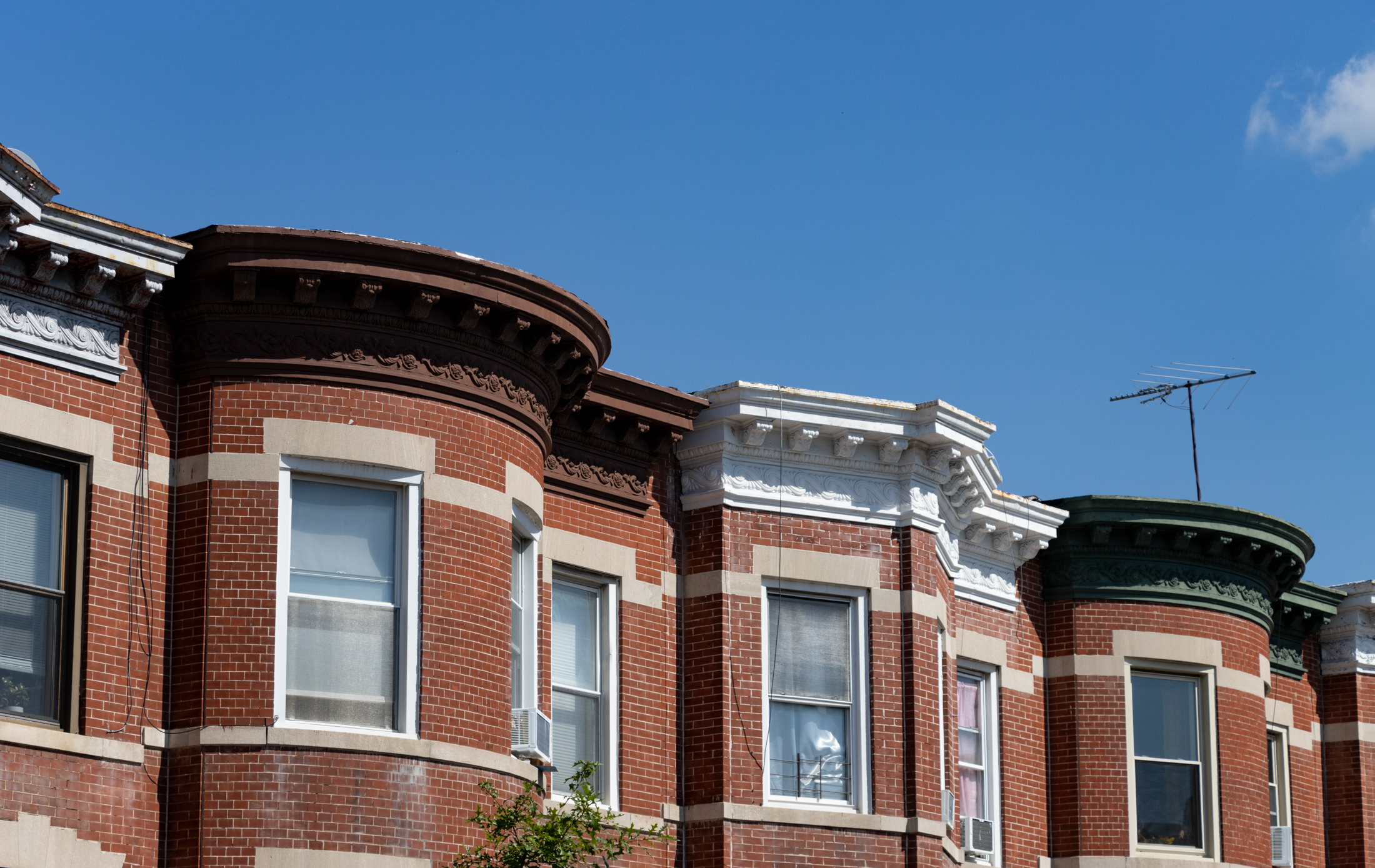Past and Present: Collegiate & Polytechnic Institute
A look at Brooklyn, then and now. The blocks surrounding Brooklyn Borough Hall have changed so much in the last hundred plus years that if it weren’t for Borough Hall itself, once Brooklyn City Hall, one would barely know where one was. The surrounding streets make up our Civic Center, with municipal and commercial buildings…

A look at Brooklyn, then and now.
The blocks surrounding Brooklyn Borough Hall have changed so much in the last hundred plus years that if it weren’t for Borough Hall itself, once Brooklyn City Hall, one would barely know where one was. The surrounding streets make up our Civic Center, with municipal and commercial buildings that are designed to facilitate the operations of a modern city: courthouses, record keeping, law offices, educational and other municipal headquarters, and schools. A hundred years ago, the block across Fulton Street from Borough Hall looked totally different. There’s not a building there now that stood back then.
Today we have the two Brooklyn Law School buildings and Municipal Hall facing Borough Hall. Those buildings replaced a Hall of Records, the Kings County Courthouse, a much smaller Municipal Building and a small park, called City Hall Park, which filled up the corner of Court and Fulton Streets. Around the corner from the park, on Court Street, stood a row of small buildings, stretching along Court, to Livingston Street. And on the corner of Livingston, taking up whatever space on that block not filled by the backs of the courthouse and the Hall of Records, was the Brooklyn Collegiate and Polytechnic Institute.
Lots more below…
Brooklyn Poly, as it was nicknamed, is an old school, founded by a group of Brooklyn businessmen as an elite boy’s school. They drew up a charter in 1853, and in 1855 opened their doors in a building on this site, enrolling the first class of 265 young men, ranging in age from nine to seventeen. The names of the founders and first Trustees are a Who’s Who of mid-19th century Brooklyn: Stranahan, Crittenden, Putnam, Howe, Landon and Low, among others. Their sons and the sons of their peers were among the first classes at the school.
By 1871, the school was issuing baccalaureate degrees, becoming both a preparatory high school, and a college of higher learning. The emphasis of the school has always been engineering, science and technology, and is the second oldest Polytechnic Institute in the country, the oldest being Rensselaer Polytechnic Institute in Troy. The school graduated some of Brooklyn’s finest minds, including Seth Low, son of Abiel Abbott Low, one of the founders, and future mayor of New York and president of Columbia University. He is but one of many important graduates of the school.
The school building itself grew over the years. I searched a long time, but was unable to find out who designed the main body of this school. A lot of prominent architects had their fingers in this pot, including William Tubby, J. Mumford, Henry Dudley and Lord & Hewlett. The main body of the school, with the arched entryway, has Tubby written all over it, but I was not able to verify that in print. Looking at the 1954 photo on the left, you can see that the school had many additions over the years, designed by the architects listed. You can also see the “new” Municipal Building rising up behind the school. This building replaced the much smaller Muni Building and City Hall Park, and was built in 1927.
The Polytechnic Institute of Brooklyn separated from the preparatory school in 1889. In 1917, the prep school portion of Polytechnic moved out to new headquarters in Dyker Heights and later, from there, the youngest children were established in Park Slope, leaving the large building solely to higher education. Between 1917 and 1953, Polytech was a fixture here on Livingston Street, with important scientific and engineering achievements taking place here. The Polymer Research Institute was established here in 1942, and the Microwave Research Institute in 1945.
In 1957, the Brooklyn Polytechnic Institute moved from this building to their new facility on Jay Street, taking over the old American Safety Razor factory, where there was also room for a larger campus and more buildings. Although the building was cited as important and worthy of keeping by the new Municipal Arts Society, a preservation group established before there was an historic preservation movement, the old building complex, like many other such buildings in Downtown Brooklyn, was doomed. It would go the way of the Kings County Courthouse, the Hall of Records, the Thomas Jefferson Building, the Germania Club, the Brooklyn Daily Eagle Building, and other large Victorian edifices, and be torn down.
In its place rose the banal office building at 65 Court Street used by the Board of Education, which was built in 1963, and the Robert Livingston, a 1964 apartment building, the topic of a recent BOTD. Looking at the photograph of this school, one can only wonder if it couldn’t have been repurposed as a college building for nearby St. Francis College, or for Packer, Friends, or another institution. GMAP










What's Your Take? Leave a Comment